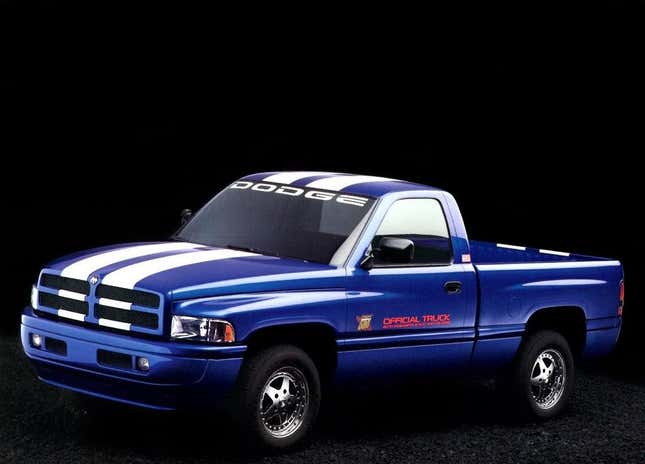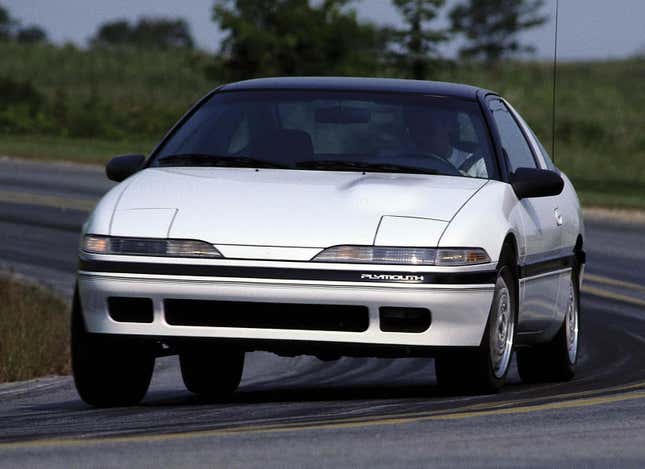
One of the best parts about being a car enthusiast is that you’re constantly stumbling on cars and trims you never knew existed. I’ve gone down the forgotten performance car rabbit hole, and I can’t get free. A lot of these forgotten cars were actually produced in my lifetime, but I can’t remember ever seeing one. It’s been fun to dig into what powered these machines, how long they lasted, and why they ultimately failed. Today, I’m taking you with me on that journey.








